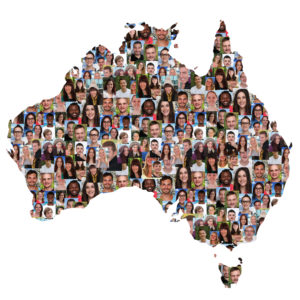Migration, population a key to economic growth
Migration and population growth is a key driver of economic growth and thus prosperity, according to a new study.
Commonwealth Bank economist Jarrod Kerr, the co-author of a report on the impact of migrants on economic growth, said that that advanced countries were undergoing a “seismic shift” in demographic terms as baby boomers begin to retire.
 So, Australia’s most valuable import may not be goods a services, but people, the report argues.
So, Australia’s most valuable import may not be goods a services, but people, the report argues.
In much of Western Europe and Japan, there are not enough people being born to replace those dying, so their economies are unable to replace the people who leave the workforce, causing a fall in both economic growth and inflation, the report said.
Mr Kerr said retired baby boomers will draw down their savings, which means less cash in the banks.
In Australia though, a huge annual intake of immigrants means the economy has a steady supply of young people to fill the gaps left by those retiring, he said.
Australia took in 478,557 migrants with a median age of 26.5 years in 2013/14, according to the most recent figures from the Australian Bureau of Statistics.
“That’s why we have higher potential growth rates here, higher interest rates here and a potentially stronger currency over time. It’s a big part of our story, it always has been,” Mr Kerr told a media conference.
Reserve Bank governor Philip Lowe, a vocal supporter of immigration, said last week that suggestions that it would be worth cutting migrants to make housing more affordable were misinformed.
“Our immigration program, I see, as a source of strength,” Dr Lowe told a federal parliamentary committee hearing.
“To give that advantage up just so we can take some pressure off housing prices, I find that problematic,” he said.
Mr Kerr said populist and anti-immigration politics posed a huge risk for Australian economic growth.
If the flow of migrants were to be cut off, the entire dynamic would shift and slash Australia’s growth potential, he said.
Germany’s potential growth rate was in the low one per cent range until a large influx of refugees from Syria last year, and now that has doubled, Mr Kerr said.
“That’s just on population” he said.
“It’s quite an interesting thing, so if we were to stop the migrant flow then clearly that would change the dynamics.”
Laurie Nowell
AMES Australia Senior Journalist












